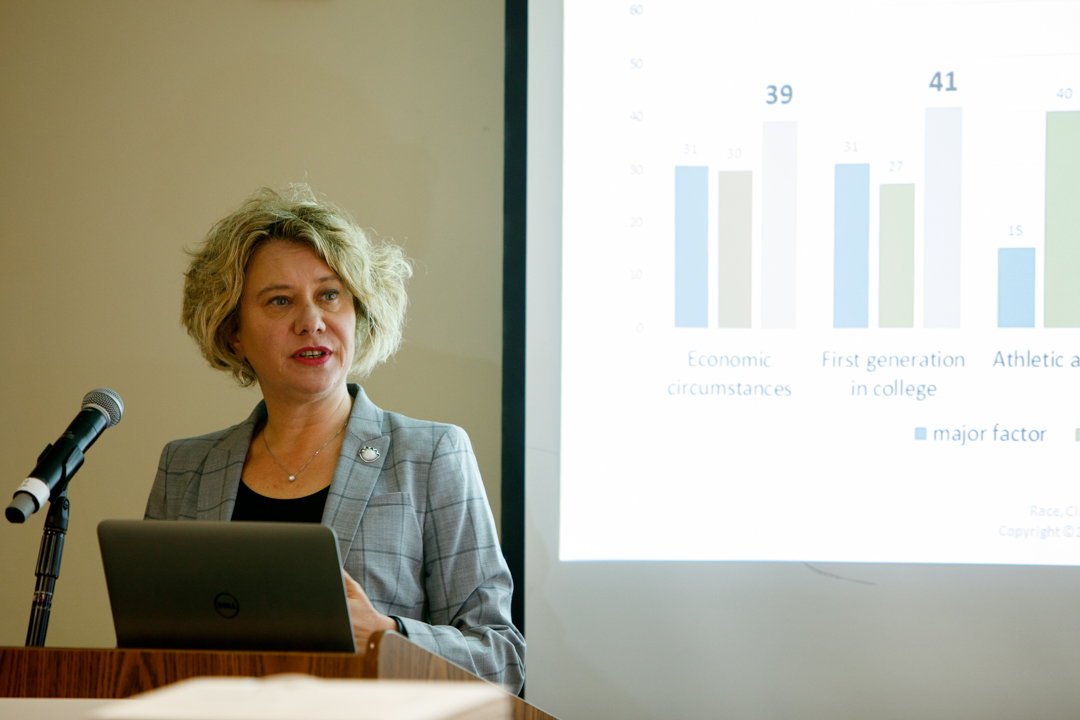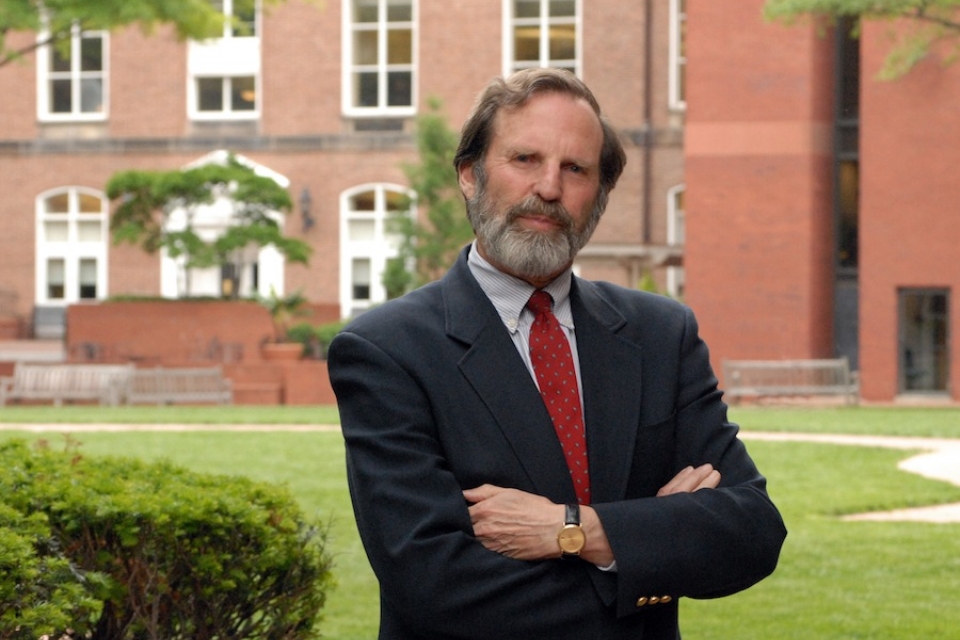By Ruth Steinhardt
“There is no silver bullet” for solving the problems affirmative action was intended to address, Tel Aviv University Professor Sigal Alon said Wednesday at the George Washington University.
But American policymakers trying to create a more equitable educational landscape might get some ideas by looking outside their country, she said.
In the United States, the phrase “affirmative action” is practically always synonymous with university admissions policies that, other considerations being equal, may take race or ethnicity into account. And in 2016, the Supreme Court broadly upheld the constitutionality of such policies.
But since the Trump administration’s Justice Department has indicated that it may go after affirmative action policies deemed to discriminate against white applicants, policymakers may be looking for race-neutral ways to achieve educational parity.
That “reopens the debate” on affirmative action, as Dr. Alon, an associate professor in the department of sociology and anthropology at Tel Aviv University, told an audience at a talk moderated by Graduate School of Education and Human Development Dean Michael Feuer.
Equitable admissions policies matter because “these institutions are the gateway to leadership opportunities in society,” Dr. Alon said. Where certain groups are not receiving admission to selective colleges, those groups also are not represented at high levels in industry and government. That is true both of racial and ethnic minorities and of the poorest Americans.
Many countries use affirmative action, but not all consider race. Some of Israel’s most selective universities, for instance, use a class-based affirmative action model—defining class not by a student’s personal financial data but by structural indicators of socio-economic status, like the relative poverty of an applicant’s high school or neighborhood.
“Both [Israeli and American] programs are focused on group membership, not on the individual characteristics,” she said. “So in the U.S., the group membership is race and ethnicity, and in Israel the group membership is a school or neighborhood.”
In her book, “Race, Class and Affirmative Action,” Dr. Alon used Israel as a case study to evaluate the ability of class-based affirmative action to promote mobility in disadvantaged populations and boost diversity at selective colleges and universities. Rather than compare the two models to each other, she simulated the outcomes of a class-based affirmative action model at American universities and of a race-based one at Israeli universities.
She said many believe the two would have comparable outcomes.
“People believe that race-neutral affirmative action could actually achieve broad diversity, and that feels right, because of the correlation between race, class and space—the fact that minorities are more likely to be poor and reside in poor places,” Dr. Alon said.
But in fact, her results showed that simple class-based affirmative action could not produce racial and ethnic diversity comparable to race-based policies. She said there were some hybrid models that could do so, but they would require universities to stop giving priority to legacy admissions and high-income families, with the result that colleges would have to invest heavily in financial aid without the offset of wealthy donors.
“We can have a race-neutral policy that creates broad diversity, but it would require major reform, and the chances institutions would do that are very slim,” Dr. Alon said.
Dr. Alon said researchers and policymakers may need to change the way they talk about affirmative action—and may need to define its goals more broadly. Is affirmative action intended to increase diversity? To facilitate upward social mobility for the poor and disadvantaged? To redress wrongs, like segregation, long codified in the American legal structure? Dr. Alon said the answers have not always been clear.
“There is no way to create effective policy without defining what we want to achieve,” Dr. Alon said.




